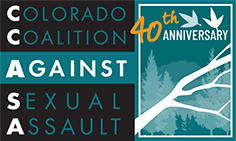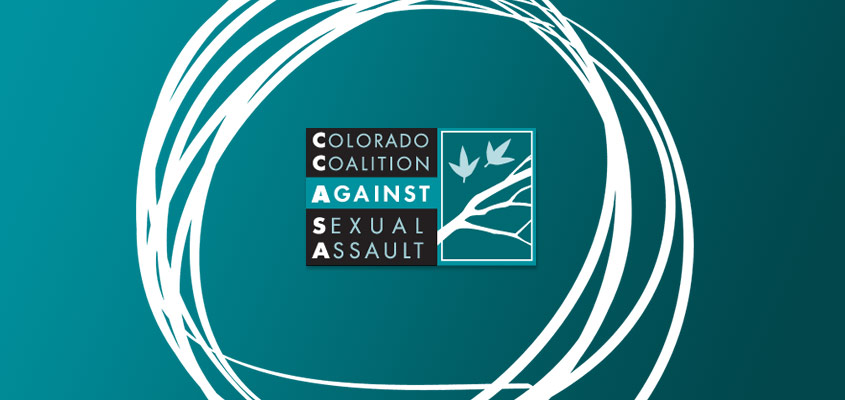By Liz N. Clift, CCASA Blogger
The young adult novel The Mockingbirds, by Daisy Whitney, chronicles the aftermath of a “date” rape at a boarding school, as well as the student justice system that arose due to an unresponsive school administration. This book could be used, when speaking with youth, as a means of talking both about affirmative checking in with one’s partner (did your partner consent? Did they want to be doing this particular sexual activity with you?), and as a means of discussing empathetic ways of dealing with friends/family who identify as survivors of sexual violence.
The empathetic response of the narrator’s friends and classmates is, overall, heart-warming. With the exception of the few people who stand in support of the perpetrator, every person who knows about the assault avoids blaming or shaming the victim. This is especially important because the narrator was drunk when the assault occurred – as was Stubenville’s Jane Doe, and more recently Houston high schooler Jada – and the popular narrative still seems to be that women (in particular) who are drunk are “asking for it” if they’re sexually assaulted. Whitney’s book offers an alternative to this, without hitting the reader squarely over the head with it.
With youth, this could open up a discussion about a number of topics including:
- Believing people who say they’ve been victimized, and offering support
- How to avoid victim-blaming language or behavior
- Respecting the privacy of the victim by not spreading rumors
- Resources – locally and nationally – for survivors
This novel also provides an opportunity to critique the responses of schools and universities to reports of sexual assault. In The Mockingbirds, no one even tries to make an official report, because the students believe that the administration of their school will do nothing. In 2014, this might lead to discussions about the responses and responsibilities of schools – and colleges in particular – to reports of sexual assault. Youth could be asked to find a relevant report of a school not responding to reports of sexual assault and how the student body responded – or individual students (i.e. – currently there is a college student hauling around her mattress until her assailant is removed from campus, because the administration of her school isn’t responding, and other students have volunteered to share the burden with her). There is certainly no shortage of news articles about this very thing.
This book is an important resource for schools, libraries, and other programs that work with youth, because it highlights how sexual violence should not be tolerated, and methods of working with survivors without inducing shame or blame.

